Treatment
Spinal Decompression
Decompression Therapy
Spinal Decompression Therapy utilizes a unique equipment designed to gently and effectively reduce disc bulges and disc herniations as well as increase spinal mobility. By applying a targeted pull to the spine with specific angles and calculated weight, spinal decompression therapy causes a 1-2 mm opening of the involved disc. This opening allows for a “vacuum” effect to happen to the bulging/herniated material, and effectively pulls the material back away from the irritated nerve leading to pain relief. Spinal decompression is not traction which has poorer results.
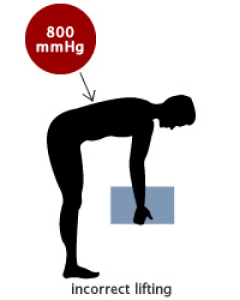
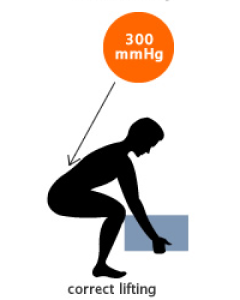
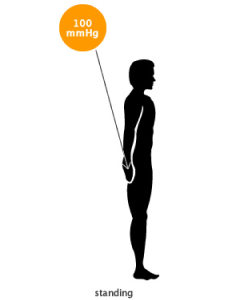
The computerized traction head on the decompression table is the key to the therapy’s effectiveness. The preprogrammed patterns for ramping up and down the amount of axial distraction eliminate muscle guarding and permit decompression to occur at the disc level. This creates a negative pressure within the disc, allowing the protruded or herniated portion to be pulled back within the normal confines of the disc, which permits healing to occur.
Spinal decompression also allows vital nutrients and blood supply to rush into the disc which helps speed the heeling process. This, combined with our phototherapy, helps to increase healing of the area by over 80% faster.
Low back pain has become an epidemic. It is responsible for the 2nd highest number of visits to the emergency room. Many of these cases are due to bulging/herniated discs. Surgery is the option for many.
Those suffering from spinal pain are generally in pain for many years and have tried conventional remedies including medication, physical therapy, chiropractic, acupuncture or home exercises.
If you suffer from spinal pain and have not had success with other treatment, then the new state-of-the-art spinal decompression therapy is for you or your loved one experiencing:

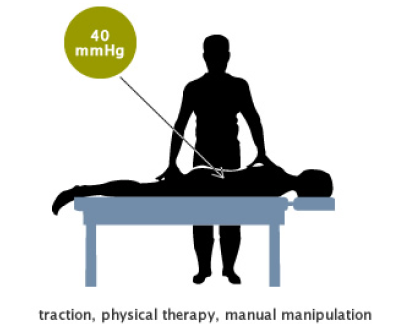
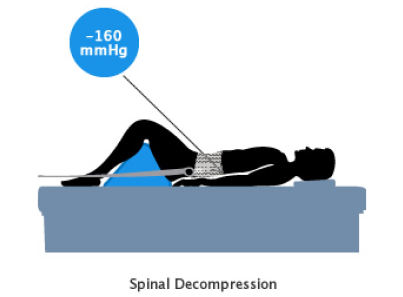
*Below is the clinical research on spinal decompression. The results are phenomenal.
Spinal Decompression Clinical Research
By Thomas A. Gionis, MD, JD, MBA, MHA, FICS, FRCS, and Eric Groteke, DC, CCIC
The outcome of a clinical study evaluating the effect of nonsurgical intervention on symptoms of spine patients with herniated and degenerative disc disease is presented.
This clinical outcomes study was performed to evaluate the effect of spinal decompression on symptoms and physical findings of patients with herniated and degenerative disc disease. Results showed that 86% of the 219 patients who completed the therapy reported immediate resolution of symptoms, while 84% remained pain-free 90 days post-treatment. Physical examination findings showed improvement in 92% of the 219 patients, and remained intact in 89% of these patients 90 days after treatment. This study shows that disc disease—the most common cause of back pain, which costs the American health care system more than $50 billion annually—can be cost-effectively treated using spinal decompression. The cost for successful non-surgical therapy is less than a tenth of that for surgery. These results show that biotechnological advances of spinal decompression reveal promising results for the future of effective management of patients with disc herniation and degenerative disc diseases. Long-term outcome studies are needed to determine if non-surgical treatment prevents later surgery, or merely delays it.
Results
According to the self-rated Oswestry Pain Scale, treatment was successful in 86% of the 219 patients included in this study (Table 2, page 39). Treatment success was defined by a reduction in pain to 0 or 1 on the pain scale. The perception of pain was none 0 to occasional 1 without any further need for medication or treatment in 188 patients. These patients reported complete resolution of pain, lumbar range of motion was normalized, and there was recovery of any sensory or motor loss. The remaining 31 patients reported significant pain and disability, despite some improvement in their overall pain and disability score.
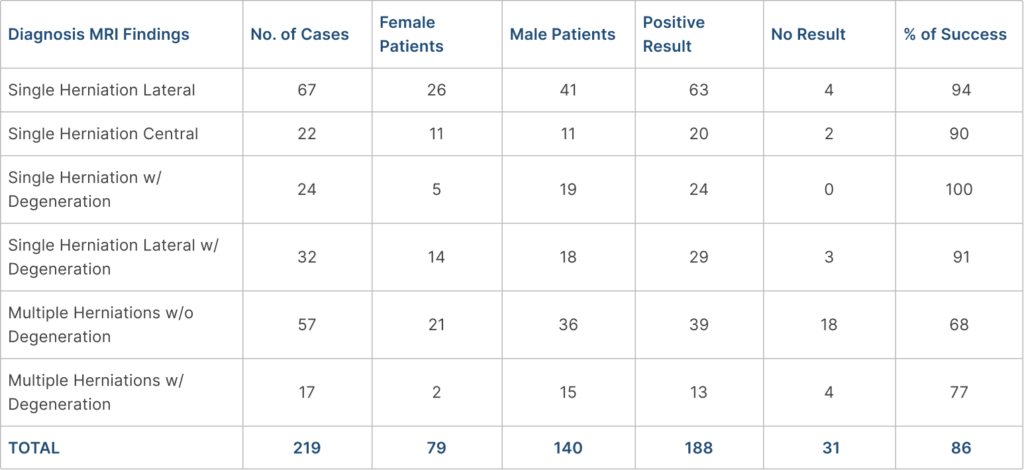
Table 2. Results on self-rated Oswestry Pain Scale after treatment.
In this study, only patients diagnosed with herniated and degenerative discs with at least a 4-week onset were eligible. Each patient’s diagnosis was confirmed by MRI findings. All selected patients reported 3 to 5 on the pain scale with radiating neuritis into the lower extremities. By the second week of treatment, 77% of patients had a greater than 50% resolution of low back pain. Subsequent orthopedic examinations demonstrated that an increase in spinal range of motion directly correlated with an improvement in straight leg raises and reflex response. Table 2 shows a summary of the subjective findings obtained during this study by category and total results post treatment. After 90 days, only five patients (2%) were found to have relapsed from the initial treatment program.
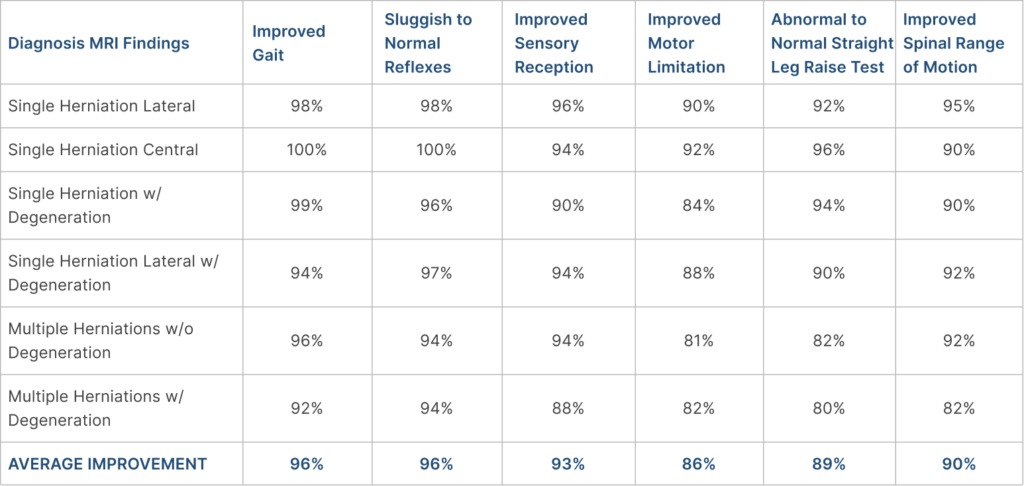
Table 3. Percentage of patients that had improved physical exam findings post treatment.
Ninety-two percent of patients with abnormal physical findings improved post-treatment. Ninety days later only 3% of these patients had abnormal findings. Table 3 summarizes the percentage of patients that showed improvement in physician examination findings testing both motor and sensory system function after treatment. Gait improved in 96% of the individuals who started with an abnormal gait, while 96% of those with sluggish reflexes normalized. Sensory perception improved in 93% of the patients, motor limitation diminished in 86%, 89% had a normal straight leg raise test who initially tested abnormal, and 90% showed improvement in their spinal range of motion.
Summary
In conclusion, nonsurgical spinal decompression provides a method for physicians to properly apply and direct the decompressive force necessary to effectively treat discogenic disease. With the biotechnological advances of spinal decompression, symptoms were restored by subjective report in 86% of patients previously thought to be surgical candidates and mechanical function was restored in 92% using objective data. Ninety days after treatment only 2% reported pain and 3% relapsed, by physical examination exhibiting motor limitations and decreased spinal range of motion. Our results indicate that in treating 219 patients with MRI-documented disc herniation and degenerative disc diseases, treatment was successful as defined by: pain reduction; reduction in use of pain medications; normalization of range of motion, reflex, and gait; and recovery of sensory or motor loss. Biotechnological advances of spinal decompression indeed reveal promising results for the future of effective management of patients with disc herniation and degenerative disc diseases. The cost for successful nonsurgical therapy is less than a tenth of that for surgery. Long-term outcome studies are needed to determine if nonsurgical treatment prevents later surgery or merely delays it.
Thomas A. Gionis, MD, JD, MBA, MHA, FICS, FRCS, is chairman of the American Board of Healthcare Law and Medicine, Chicago; a diplomat professor of surgery, American Academy of Neurological and Orthopedic Surgeons; and a fellow of the International College of Surgeons and the Royal College of Surgeons.
Eric Groteke, DC, CCIC, is a chiropractor and is certified in manipulation under anesthesia. He is also a chiropractic insurance consultant, a certified independent chiropractic examiner, and a certified chiropractic insurance consultant. Groteke maintains chiropractic centers in northeastern Pennsylvania, in Stroudsburg, Scranton, and Wilkes-Barre
References
-
At 77 years of age, having lived a very active life as an architect and property developer, I was told by my neurologists and orthopedic surgeon that my chronic lower back and leg pains (bulging disc) complicated by my imbalance and incontinence at this point could only be treated with surgery and/or heavy pain medications. Neither were acceptable options to me. My daughter had heard through the media that spinal decompression was accomplishing outstanding success in treating these problems.
A new hope was born when I met with Dr. Peter Huynh and he reviewed my MRI. He assured me this non-invasive treatment could be of significant help to me. I now stand taller, my balance has improved, I have more energy and he was able to correct my posture and gait. Now, as I leave 8 weeks of inspirational treatment by a most talented and considerate doctor and friend, I’m going home to finish the leaf raking, and home maintenance that have been neglected for years.
Thank you Dr. Peter for giving my life back to me.
- Phil Brown
-
I am a 44 year old self employed housekeeper. I was previously diagnosed with several herniated discs. After several alternative treatments which included different medications, therapies, steroids and spinal injections, I became very frustrated with the life altering condition that I was dealing with.
Dr. Huynh changed my physical and mental outlook with his decompression treatment. I highly recommend it in lieu of surgery or other treatments. Thanks so much!
- Tamara Jones
-
I sought treatment from Dr. Pete in summer after having a relapse of severe low back pain and sciatica. I first started having trouble w/ back 6 years ago after a basketball injury that resulted in two herniated discs. I’ve been to numerous doctors both before and after the surgery and none had ever really taken the time to listen. I felt they needed to know about my pain and history to correctly treat my condition but never took the time. I went to Dr. Pete after a severe episode of sciatica that left me laid up in bed for a couple days. I could barely even walk into his office. After so many years of treatments and reading up the condition it sounded like I could really benefit from spinal decompression. We started with gentle decompression and advanced from there. Dr. Pete put me on a complete regimen of stretches and core strengthening exercises. A lot of exercises and techniques I’d never seen before but have really helped eliminate my pain, improve posture, and I even lost a few pounds. Dr. Pete is the only doctor out of more than a dozen I’ve visited who has helped me find relief and he has my complete trust and confidence. On the first visit Dr. Pete promised he’d help me get my life back and he did exactly that!! I can now be as active as I want pain free.
- Stuart Howard
-
I have had three spinal surgeries, yet I was still suffering from severe back pain with sciatica pain down my leg. It was impossible to get up in the morning and difficult to sit for short periods of time. I have tried everything from physical therapy to acupuncture. Only half way through the spinal decompression treatment, my sciatica was gone and back pain greatly diminished. Now I can fully enjoy my retirement.
- Paul Vu
-
Running is my life. I have run three marathons, but have been unable to run due to pain down my right leg. Even my golf game has suffered considerably. With Dr. Peter’s unique approach to disc injuries, I am back to running again. I definitely recommend disc decompression as the effective, safer and conservative approach to surgery.
- Laura Watson
-
After many years of hard labor my degenerated disc herniated, causing not only sharp back pain but pain down both my legs. It became impossible to take care of my family let alone myself. With Dr. Peter Huynh’s tailored rehab program and spinal decompression therapy, I am back on my feet and feeling great!
- Lan Nguyen
-
My MRIs show that I have multiple disc herniations in both my neck and low back regions. I have tried herbal medicine, massage therapy, traction tables and many other devices. For years I have lived with painful muscle spasms, numbness in my arm, and pain in my legs. Thanks to Spinal Health Group, I no longer suffer from any nerve pain in my arms or legs.
- Ba Tran
We are always ready to help you get back your life and better health.
Be informed and see our services and treatments.

